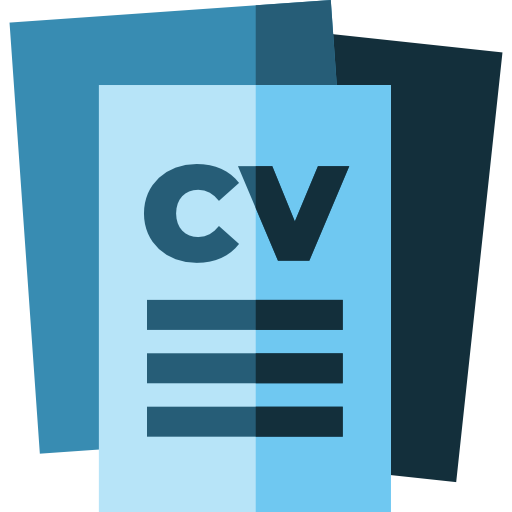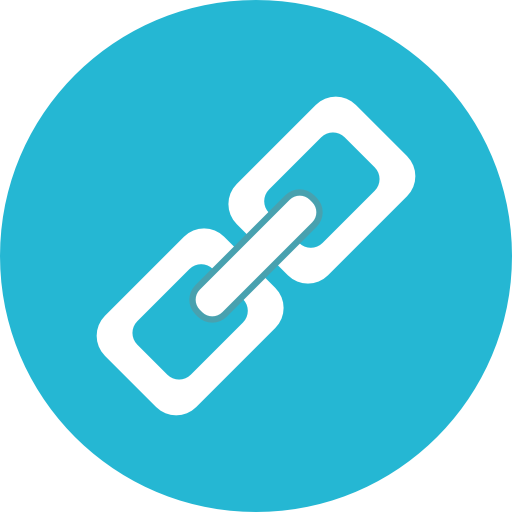Chapter 1: Introduction to Prolog
- Lesson 1: What is Prolog?
- Lesson 2: History and Evolution of Prolog
- Lesson 3: Applications and Use Cases of Prolog
- Lesson 4: Setting Up a Prolog Environment (SWI-Prolog, GNU Prolog, Sicstus, etc.)
- Lesson 5: Writing and Running Your First Prolog Program
- Lesson 6: Prolog Syntax Overview
- Lesson 7: Using Prolog Interactively
Chapter 2: Facts, Rules and Queries
- Lesson 1: Understanding Facts and Knowledge Representation
- Lesson 2: Defining Rules in Prolog
- Lesson 3: Queries and Goal Evaluation
- Lesson 4: Backtracking and Unification
- Lesson 5: Understanding the Declarative Paradigm
Chapter 3: Data Types in Prolog
- Lesson 1: Atoms, Numbers, and Variables
- Lesson 2: Lists in Prolog
- Lesson 3: Tuples and Compound Terms
- Lesson 4: Strings and Characters
- Lesson 5: Differences Between Atoms and Strings
- Lesson 6: Anonymous Variables (_)
Chapter 4: Control Flow in Prolog
- Lesson 1: Understanding Logical Flow
- Lesson 2: Conditional Statements (if-then-else)
- Lesson 3: Recursion in Prolog
- Lesson 4: The Cut Operator (!)
- Lesson 5: Negation as Failure (\+)
- Lesson 6: Depth-First Search in Backtracking
Chapter 5: Lists and List Processing
- Lesson 1: Declaring and Manipulating Lists
- Lesson 2: Recursively Processing Lists
- Lesson 3: Membership and Searching in Lists (member/2)
- Lesson 4: List Concatenation and Splitting
- Lesson 5: Sorting Lists
- Lesson 6: Using append/3 and length/2
- Lesson 7: Removing Duplicates (setof/3 and bagof/3)
Chapter 6: Arithmetic and Comparison Operators
- Lesson 1: Performing Arithmetic in Prolog (is/2, +, -, *, /)
- Lesson 2: Integer and Floating Point Numbers
- Lesson 3: Comparison Operators (<, >, =<, >=, =\=)
- Lesson 4: Using mod/2, div/2, and Power Functions
Chapter 7: Pattern Matching and Unification
- Lesson 1: Understanding Unification (=)
- Lesson 2: Structural Pattern Matching
- Lesson 3: The Difference Between = and ==
- Lesson 4: Variable Binding and Instantiation
Chapter 8: Input and Output in Prolog
- Lesson 1: Writing to the Console (write/1, writeln/1)
- Lesson 2: Reading User Input (read/1)
- Lesson 3: File Handling in Prolog
- Lesson 4: Reading and Writing Files
- Lesson 5: Formatting Output (format/2)
Chapter 9: Defining and Using Recursion
- Lesson 1: Introduction to Recursion
- Lesson 2: Recursive List Processing
- Lesson 3: Tail Recursion Optimization
- Lesson 4: Recursive Problem Solving (Factorial, Fibonacci)
Chapter 1: Advanced List Processing
- Lesson 1: Higher-Order List Operations (maplist/2, foldl/3)
- Lesson 2: List Comprehensions in Prolog
- Lesson 3: Advanced Sorting Techniques
- Lesson 4: Lazy Evaluation in List Processing
Chapter 2: Graphs and Trees in Prolog
- Lesson 1: Representing Graphs as Facts
- Lesson 2: Tree Structures and Tree Traversals
- Lesson 3: Depth-First and Breadth-First Search
- Lesson 4: Pathfinding Algorithms in Prolog
Chapter 3: Constraint Logic Programming (CLP)
- Lesson 1: Introduction to Constraint Logic Programming
- Lesson 2: Defining and Solving Constraints
- Lesson 3: CLP over Finite Domains (clpfd)
- Lesson 4: Scheduling and Optimization Problems
Chapter 4: Metaprogramming in Prolog
- Lesson 1: Understanding Metaprogramming
- Lesson 2: Writing Prolog Programs that Modify Themselves
- Lesson 3: Using call/1 and apply/2
Chapter 5: Dynamic Knowledge Bases
- Lesson 1: Creating and Modifying Facts at Runtime
- Lesson 2: The assert/1 and retract/1 Predicates
- Lesson 3: Persistent Storage of Facts
Chapter 6: Debugging and Optimization
- Lesson 1: Using the Prolog Debugger
- Lesson 2: Profiling Prolog Programs
- Lesson 3: Improving Backtracking Efficiency
Chapter 7: Parallel and Concurrent Prolog
- Lesson 1: Introduction to Parallel Prolog
- Lesson 2: Multi-threading in Prolog
- Lesson 3: Parallel Search Algorithms
Chapter 8: Prolog and Databases
- Lesson 1: Connecting Prolog to SQL Databases
- Lesson 2: Querying Databases Using Prolog
- Lesson 3: NoSQL Databases with Prolog
Chapter 9: Web Development with Prolog
- Lesson 1: Using Prolog for Web Applications
- Lesson 2: Prolog with HTTP APIs (http_open/3)
- Lesson 3: Generating Dynamic Web Pages
Chapter 10: Natural Language Processing (NLP) with Prolog
- Lesson 1: Tokenization and Parsing
- Lesson 2: Using DCG (Definite Clause Grammars) for NLP
- Lesson 3: Building a Simple Chatbot
Chapter 11: Machine Learning and AI in Prolog
- Lesson 1: Basics of AI Programming in Prolog
- Lesson 2: Decision Trees and Rule-Based Systems
- Lesson 3: Probabilistic Logic Programming
Chapter 12: Creating Prolog Libraries
- Lesson 1: Writing Modular Prolog Code
- Lesson 2: Packaging Prolog Libraries
- Lesson 3: Versioning and Documentation
Chapter 13: Prolog in Embedded Systems
- Lesson 1: Running Prolog on Embedded Devices
- Lesson 2: Interfacing with IoT
Chapter 14: Modern Features in Prolog
- Lesson 1: New Developments in Recent Prolog Versions
- Lesson 2: Performance Optimizations in New Releases




